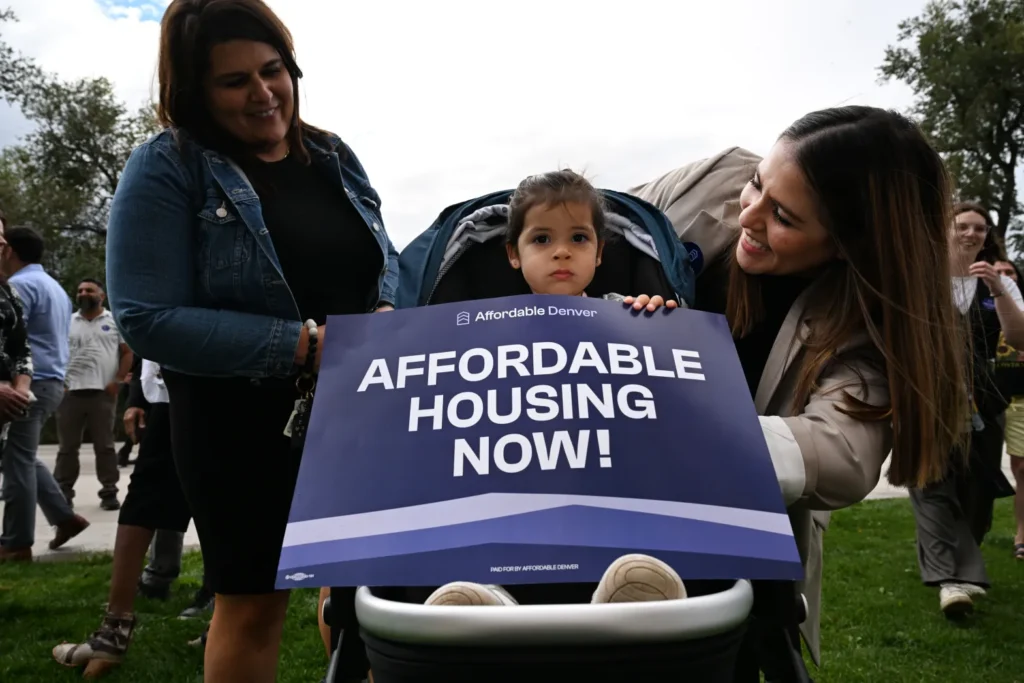
Austin Stadelman, a student at the University of Illinois, explains why rent control isn’t the solution for our housing affordability crisis.
The problem of affordable housing needs to be tackled by the supply of housing itself, not the price which housing costs. Increasing the supplied amount of housing would drive it closer to match the demand needed, thus decreasing the price without negative economic effects.
This can only be done if cities like San Francisco, Chicago and Los Angeles make zoning protocols for building less restrictive. But despite its simplicity in theory, an increase in housing construction in the nation’s largest cities is caught up in city red tape and power structures in society.
Strict zoning laws prevent developers from being able to build where they please. Sectioning off areas of the city’s boundary for specific functions, like neighborhoods or businesses, leads to an inability for cities to naturally develop the way the market, for lack of better term, sees fit. More specifically, as Lyman Stone, a research fellow at the Institute for Family Studies, states, “strict land-use rules — whether framed as rules about parking, green space, height limits, neighborhood aesthetics or historic preservation — make new construction difficult.”
Read more here.




